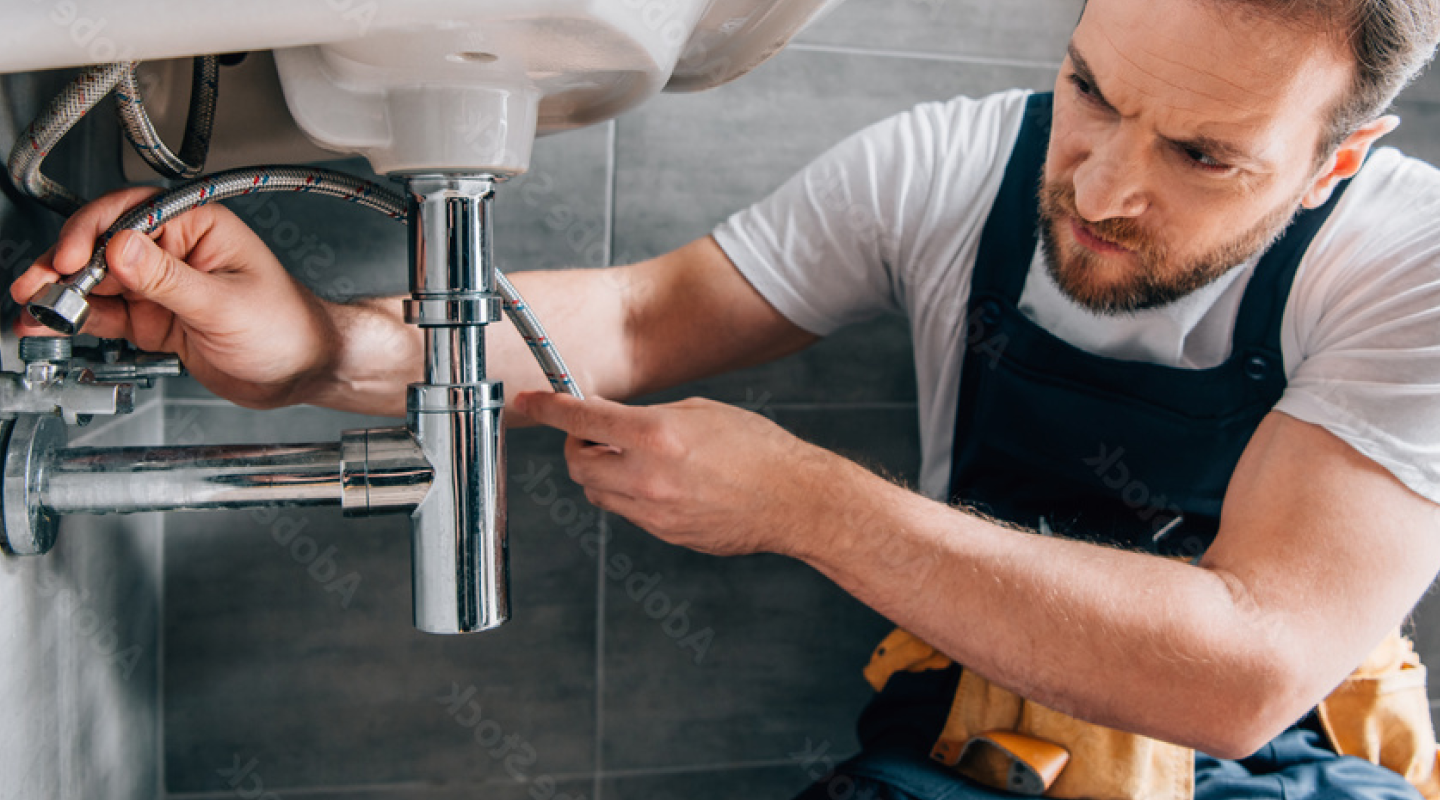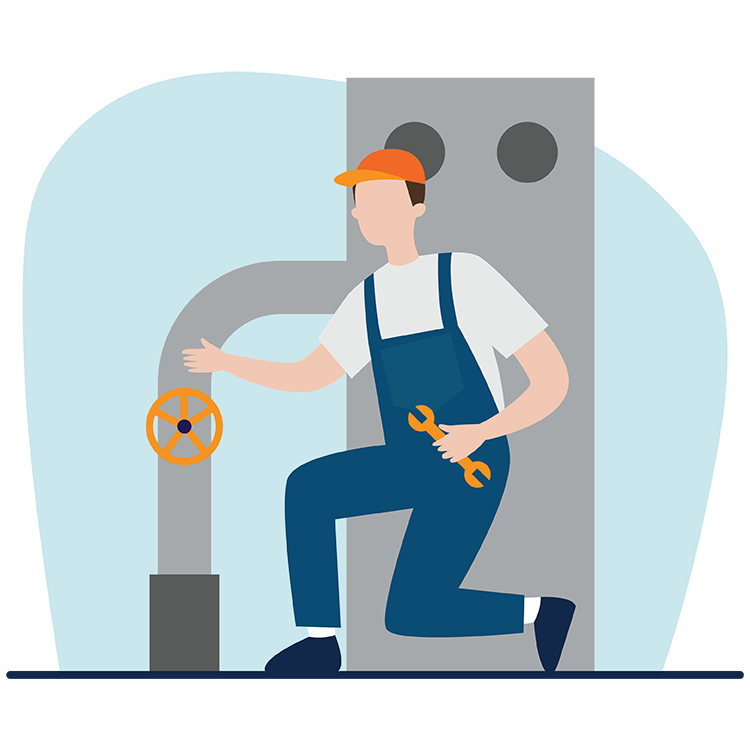Reputable Plumber Alabaster AL for All Your Emergency Needs
Reputable Plumber Alabaster AL for All Your Emergency Needs
Blog Article
A Step-by-Step Guide to Efficient Water Heating System Installment for Ideal Performance
Getting started on the job of installing a water heating system is a venture that demands accuracy and an organized technique for achieving optimum performance. As you continue, the details of linking water supply lines and setting up trusted electric or gas connections await, encouraging insights right into guaranteeing effectiveness and dependability.
Picking the Right Hot Water Heater

Following, consider the size and ability of the hot water heater. It's important to examine your house's warm water requirements, which can vary based upon the variety of owners and their use patterns. An unit that's too little may cause not enough warm water, while an oversized model may lead to unneeded power intake.
Efficiency ratings additionally play a pivotal role in choice. Search for hot water heater with high Power Factor (EF) scores, showing remarkable efficiency and decreased energy usage. Tankless versions, though normally extra expensive in advance, deal significant power savings in time as a result of their on-demand home heating capabilities.
Preparing the Installation Area
Prior to installing a new water heating unit, careful prep work of the installment area is necessary. It's essential to measure the space very carefully to fit the water heater's dimensions, guaranteeing sufficient clearance around the system for efficient procedure and servicing.
Following, eliminate any particles, dust, or blockages from the site to develop a tidy environment. Check the flooring for stability, as the water heating unit will certainly need a solid, degree surface area to run effectively. If required, mount a drip frying pan below the system to catch possible leaks or spills, preventing water damage to the surrounding location. In regions prone to seismic activity, consider mounting seismic bands to protect the heating system securely in area.
In addition, guarantee that all required tools and products get on hand prior to beginning the setup. This includes items such as wrenches, screwdrivers, a level, and any added equipment required for safeguarding the heating system and installing. A well-prepared setup location establishes the structure for a successful hot water heater arrangement, maximizing performance and security.
Connecting Supply Of Water Lines
When connecting water supply lines to your freshly set up hot water heater, it is important to guarantee that all connections are safe and secure and leak-free to maintain reliable procedure and avoid water damages. Begin by determining the cool and warm supply of water lines. The cold water inlet is typically noted with a blue label or a "C", while the warm water outlet is noted with a red label or an "H".
Use versatile water heating system connectors to assist in a less complicated installation process. Before affixing the adapters, place a plumbing professional's tape around the threaded ends of the water heater's inlet and outlet pipes.
When links are in location, gradually switch on the main supply of water valve. Check each link for leakages by aesthetically feeling and checking for moisture. Tighten connections as needed, and make sure the stress alleviation shutoff is correctly installed, guarding versus too much stress accumulation.
Establishing Up Electric or Gas Links
Effectively establishing up the electric or gas connections for your water heater is an essential step to ensure effective and safe procedure. For electric water heating units, begin by validating that the electrical circuit is compatible with the heater's voltage and amperage demands.
For gas hot water heater, safety and security is vital. Confirm that the gas supply is off prior to proceeding. Attach the gas line to the more helpful hints water heating unit making use of a versatile gas adapter, guaranteeing it is properly threaded and secured with pipe joint substance or Teflon tape ideal for gas links. Tighten the connections with a wrench, taking treatment not to over-tighten (Plumbing Alabaster AL).
Once connections are made, inspect for any kind of prospective leaks. For gas lines, use a soapy water service to the joints; bubbles show a leakage. For electric connections, verify that all wiring is secure and effectively shielded, maintaining conformity with neighborhood electrical codes.
Examining and Readjusting for Efficiency
With the electrical and gas connections securely in location, the next step is reviewing the functional performance of your hot water heater. Begin by thoroughly activating the supply of water and making sure there are no leaks at any of the valves or joints. Once confirmed, continue to load the container, focusing on the stress and temperature level settings. go to these guys It is a good idea to set the thermostat to a suggested temperature of around 120 ° F(49 ° C) to balance power performance and convenience.
Next, carry out a complete assessment to make certain the heating components or burner are functioning correctly. For electrical heating units, utilize a multimeter to validate if the aspects are attracting the proper present. In gas versions, observe the heater flame; it needs to be steady and blue, showing effective burning.
Change the settings as needed to eliminate inadequacies. Think about implementing insulation procedures, such as adding a hot water heater blanket, to better improve efficiency by reducing warmth loss. Furthermore, examine the anode rod's problem, as a worn-out rod can lower effectiveness and bring about storage tank corrosion.
Final Thought
Efficient water heating system installation is vital for ensuring ideal performance and energy financial savings. By selecting the proper type and size, and diligently preparing the setup area, a structure for success is established. Safely attaching supply of water lines and very carefully establishing up electrical or gas links minimize possible issues. Comprehensive screening for leaks and accurate thermostat changes to 120 ° F enhance dependability and performance. Abiding by these steps advertises long-term functionality and energy preservation in residential water heating unit.

Properly setting up the electrical or gas links for your water heater is a crucial action to guarantee secure and efficient operation. For electric water heaters, begin by verifying that the electrical circuit is compatible with the heater's voltage and amperage requirements. Connect the gas line to the water heater using a flexible gas connector, ensuring it is properly threaded and sealed with pipeline joint substance or Teflon tape ideal for gas links.
Report this page